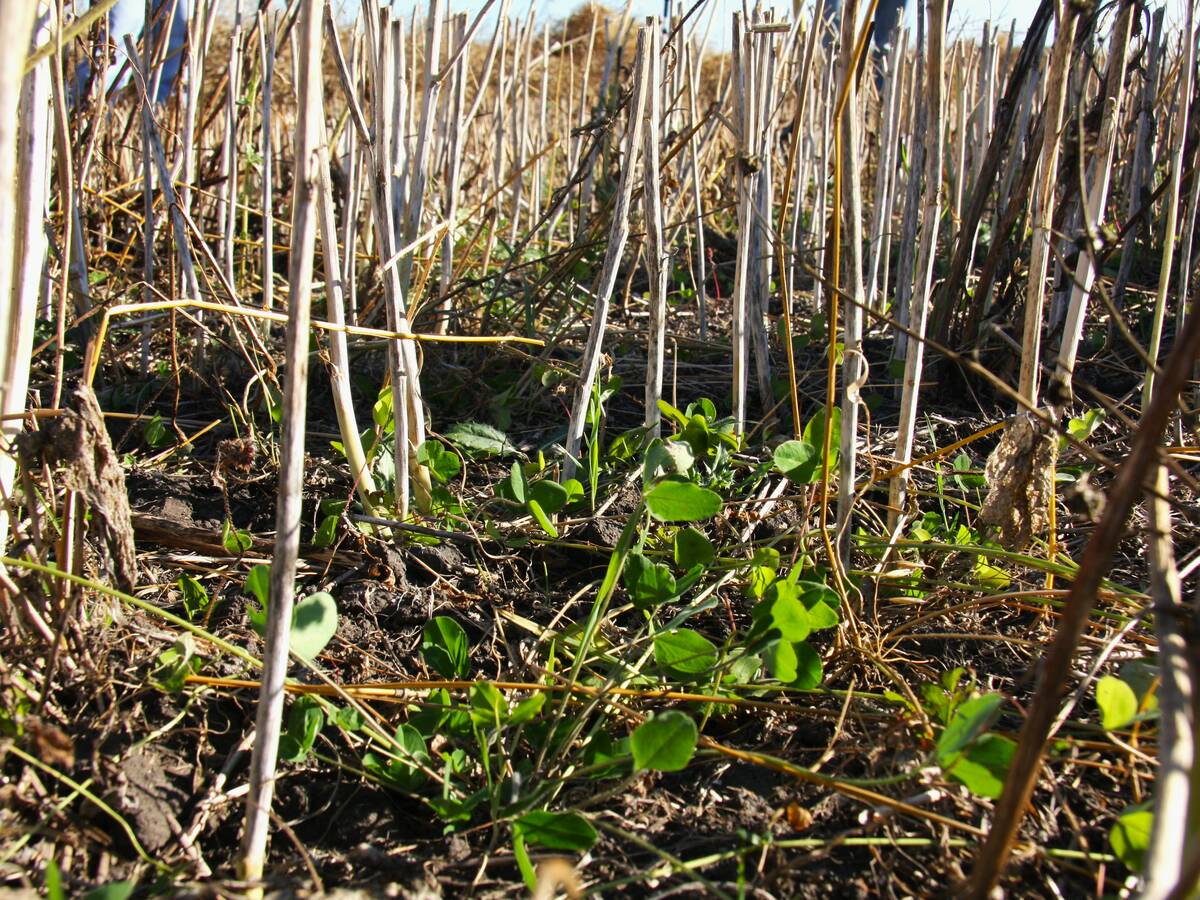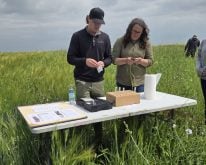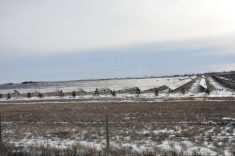It all starts with the soil.
To the naked eye, it may appear to simply be dead dirt. But that dirt is actually a thin skin on our planet that is very much alive; a complex ecosystem full of organisms that grow our food. These diverse soil organisms are the original farmers of our world and their health is crucial to sustaining a strong food system.
If we want to secure our soil’s ability to grow our crops today and into the future, unlocking a deeper and more holistic understanding of the role that we play in supporting these tiny but mighty farmers is critical. For it is this diverse group of soil organisms — our soil biodiversity — that shapes the soil environment and in doing so provide important ecosystem services.
Read Also

Saskatchewan project sees intercrop, cover crop benefit
An Indigenous-led Living Lab has been researching regenerative techniques is encouraging producers to consider incorporating intercrops and cover crops with their rotations.
They support crop growth, producing fertilizers by decomposing organic matter and reaching far across and deep into the inaccessible spaces of the soil matrix to trade resources with plant roots. They even regulate global climate by storing atmospheric carbon and exchanging atmospheric greenhouse gases.
Traditionally, decisions regarding soil health have been based on limited information, primarily focusing on the physical and chemical properties of the soil. However, the living organisms within the soil, although often unseen and overlooked, play a pivotal role. Unravelling the secrets of soil requires a revolutionary approach — one that delves into the DNA of soil’s inhabitants.
The approach is called DNA metabarcoding and it allows us to catalogue soil biodiversity by reading the genetic information it possesses. This technique serves as a powerful tool to bridge the existing knowledge gap on soil species.
Building this comprehensive understanding of soil biodiversity is also key to assessing and improving our framework for regenerative agriculture. Sustainable farming hinges on healthy soils and many key tenets of regenerative agriculture are about protecting the soil that we have left.
To support this understanding, for the past three years, McCain Foods has been collecting soil biodiversity data under a pioneering initiative known as Barcode SOILS. It supports the development of a scalable assessment program at both the farm and landscape levels.
At the farm level, this requires strong relationships with farmers to quantify the effects of soil management practices on biodiversity. We are fortunate at McCain to work with our farmers who supply our potatoes, which allows us to standardize sampling and research, targeting soil health across farms around the world.
Using DNA metabarcoding, the plan is to create a standardized and internationally comparable signature based on the unique DNA barcodes of individual biological groups.
McCain’s Farm of the Future Canada in Florenceville, N.B., serves as the testing ground for this endeavour, with plans to expand internationally. With more than 500 soil samples collected in 2020-22, we have already detected around 500 million sequences representing a rich diversity of bacteria, fungi and animals.
As we decode the living tapestry beneath our feet, we pave the way for evidence-based claims around regenerative agriculture, setting a new standard for soil health and productivity.
I invite you to imagine this: a world where we connect the power of our tiny farmers below ground to the power of our steadfast farmers above ground, across the planet; a world where we discover and share knowledge of the practices, both the time-honoured and the reimagined, that best nurture our soils and a world where we better connect biodiversity to soil health, soil health to resilient croplands, resilient croplands to farmers and farmers to sustainable food systems that feed the planet.
Michelle D’Souza is research and innovation manager with McCain Foods, working out of McCain’s hometown of Florenceville, N.B.















